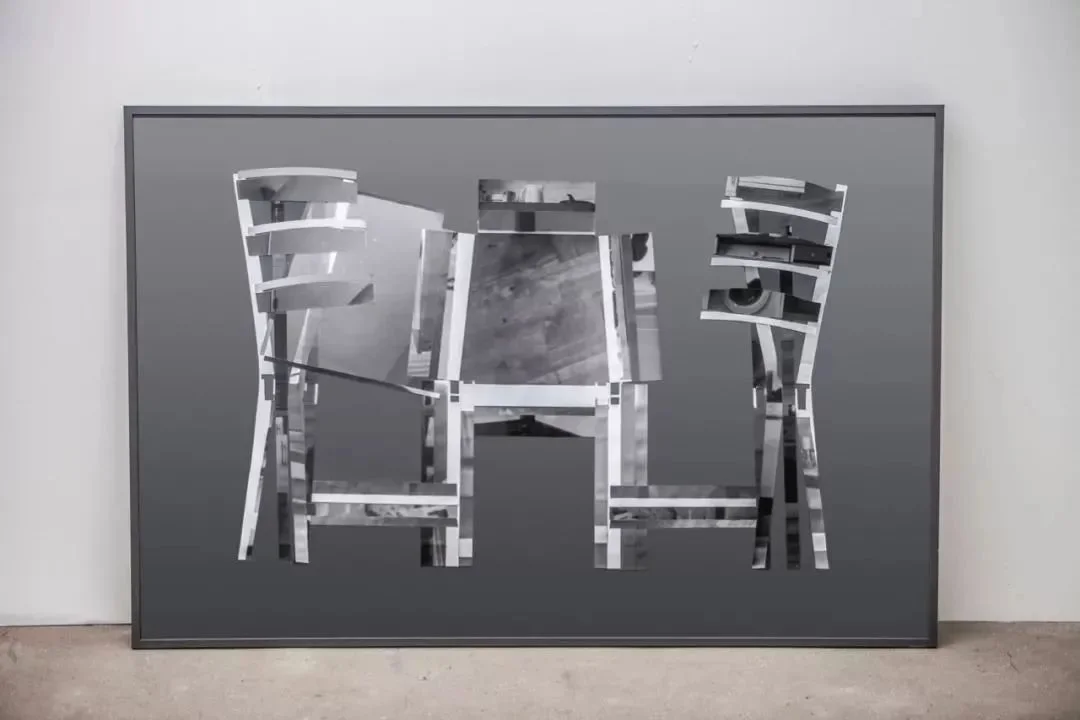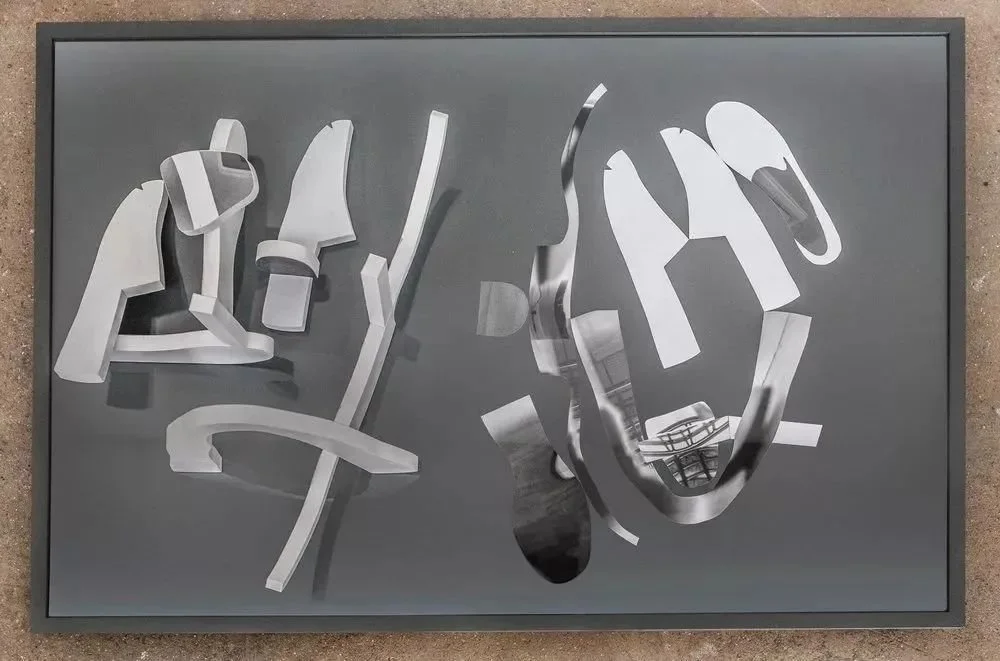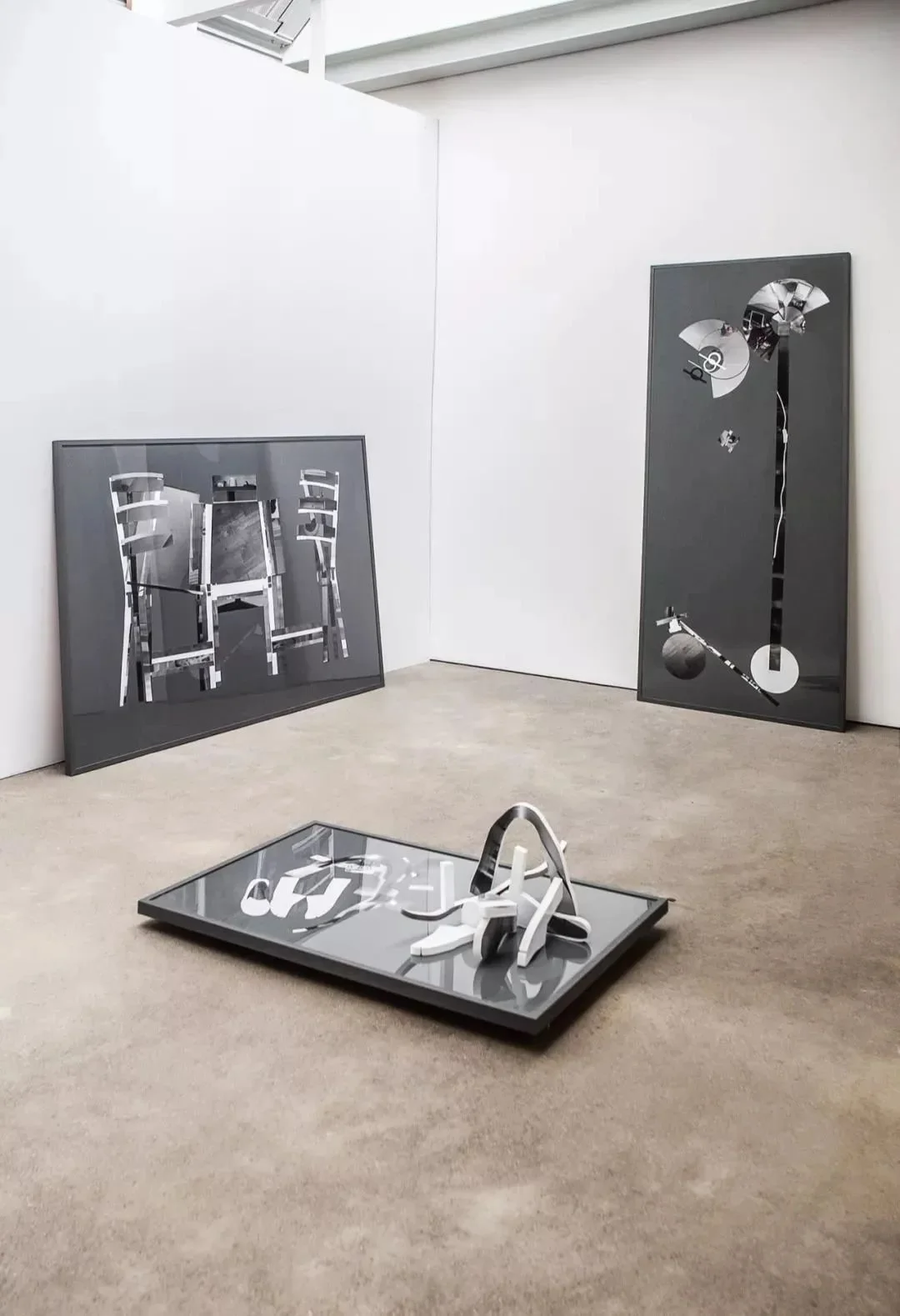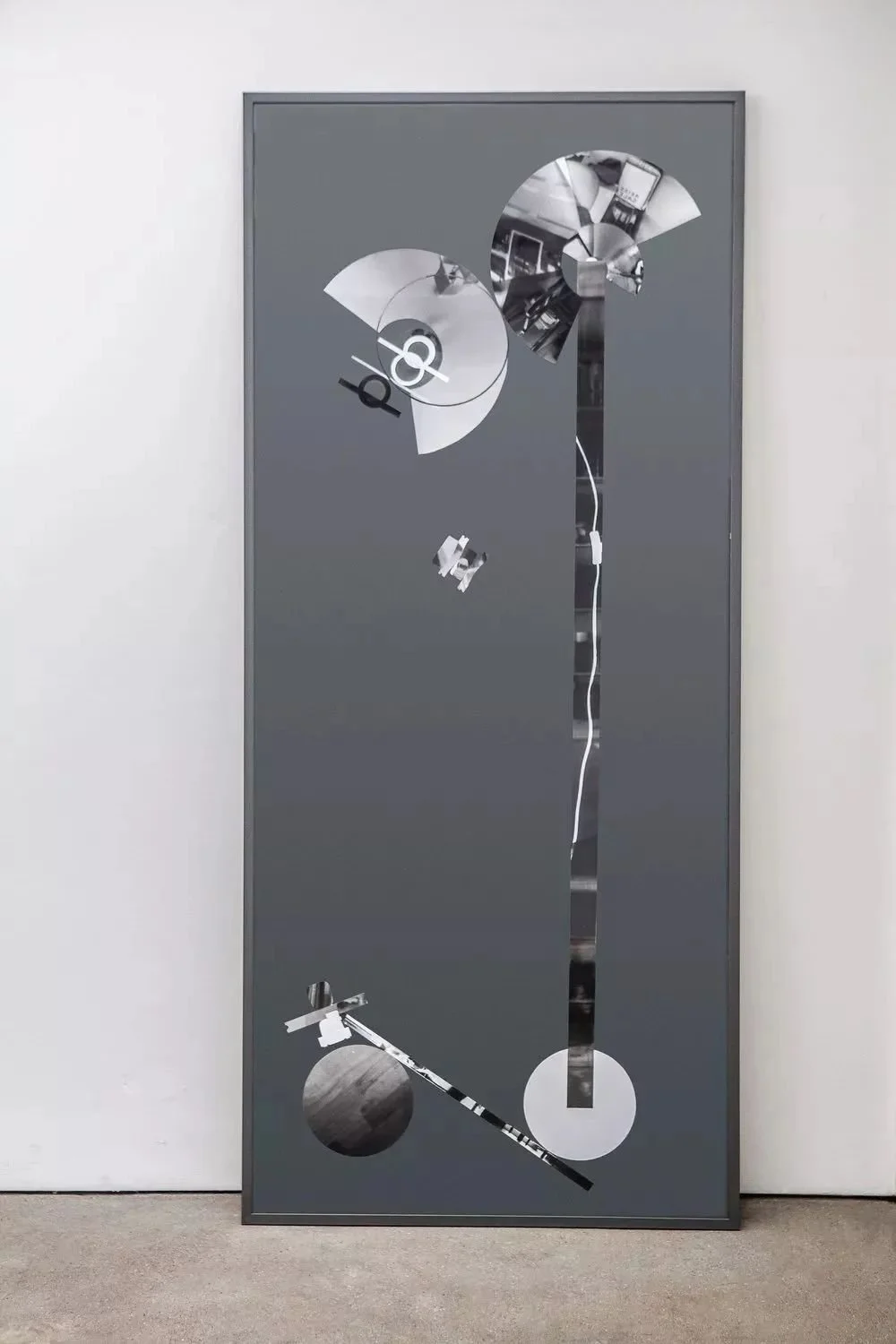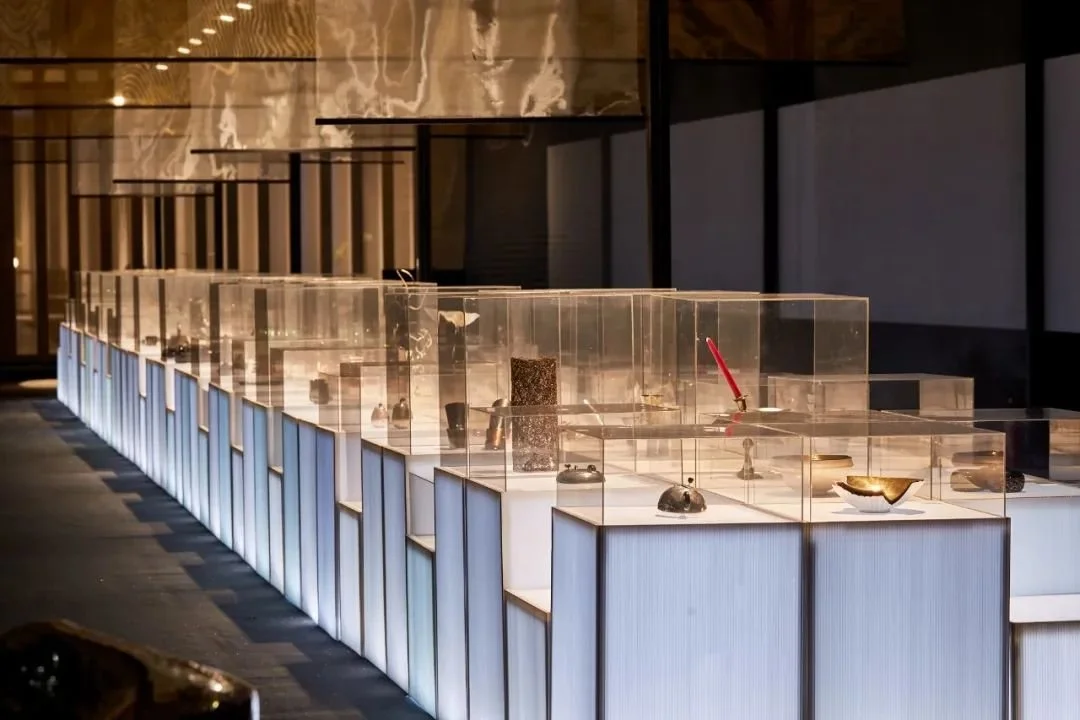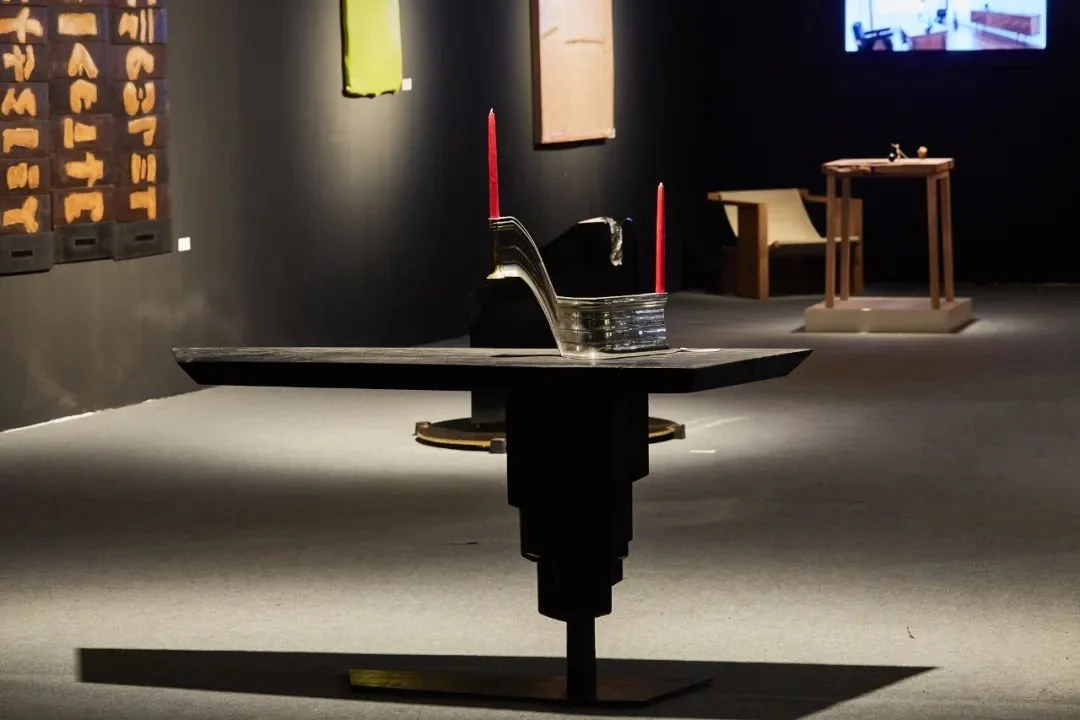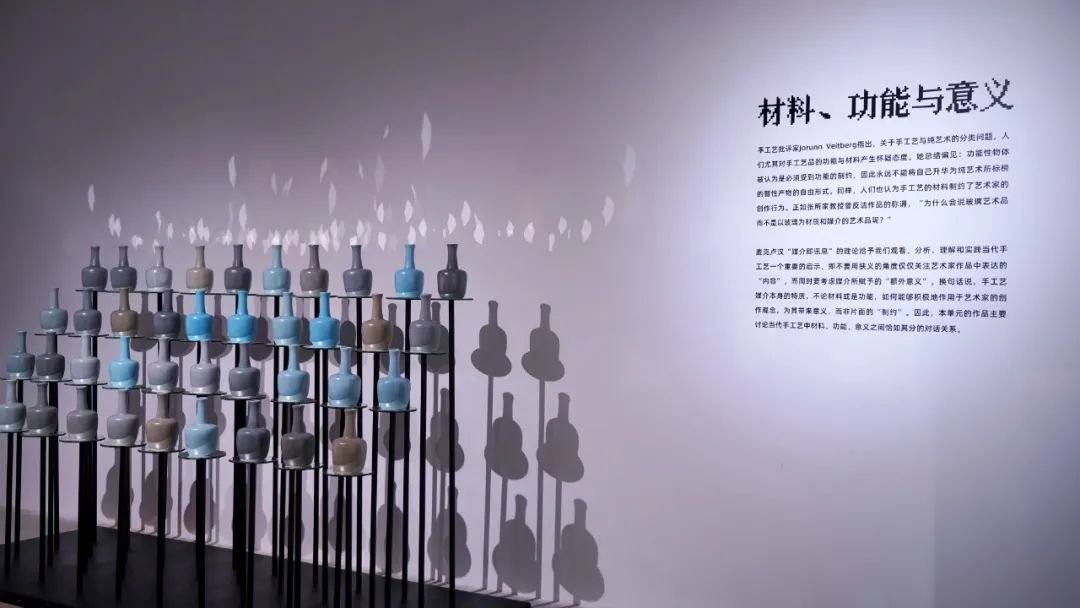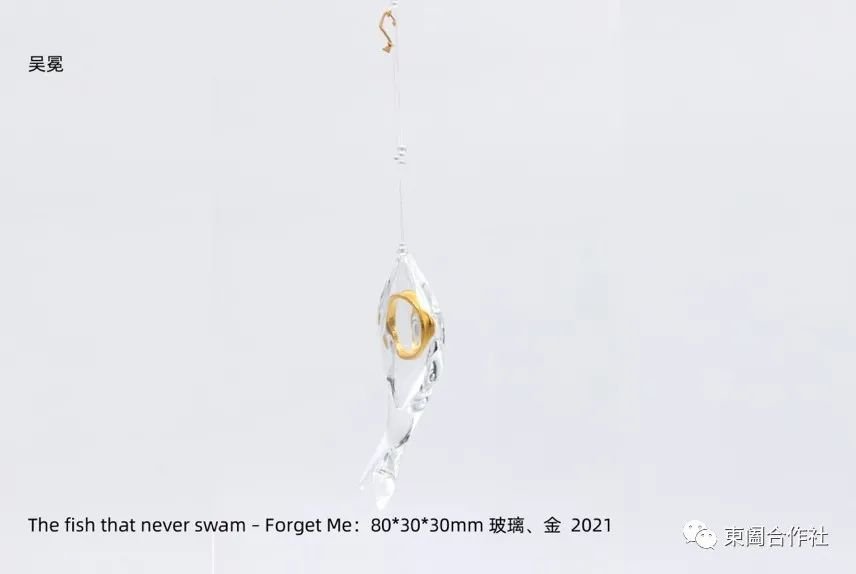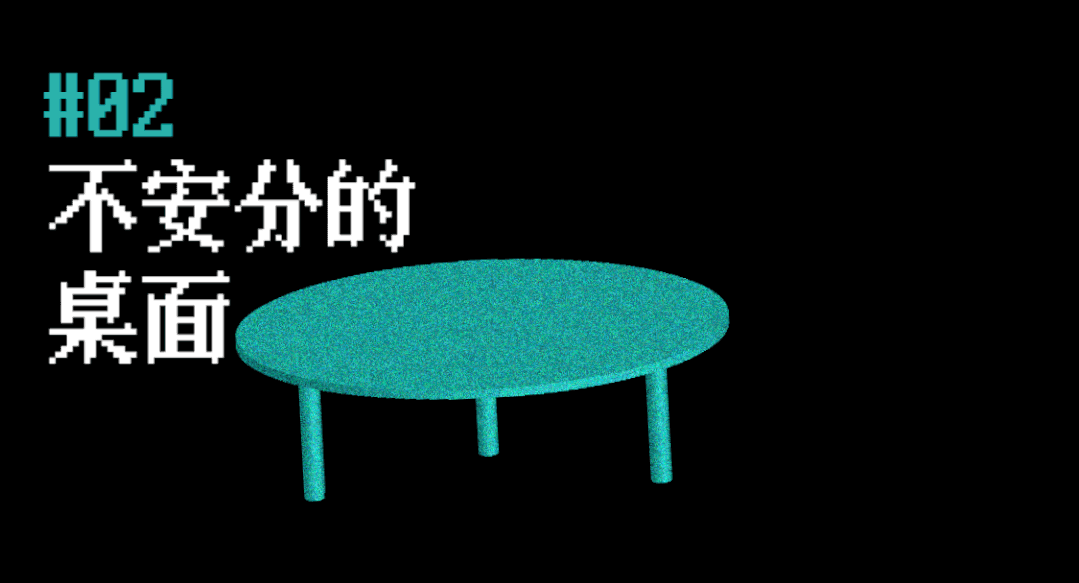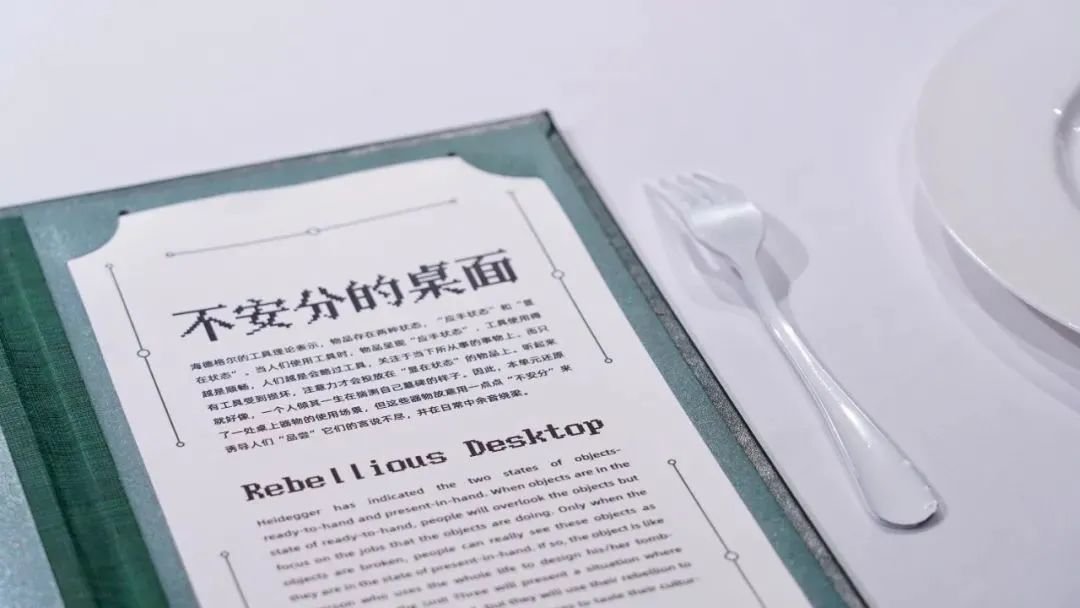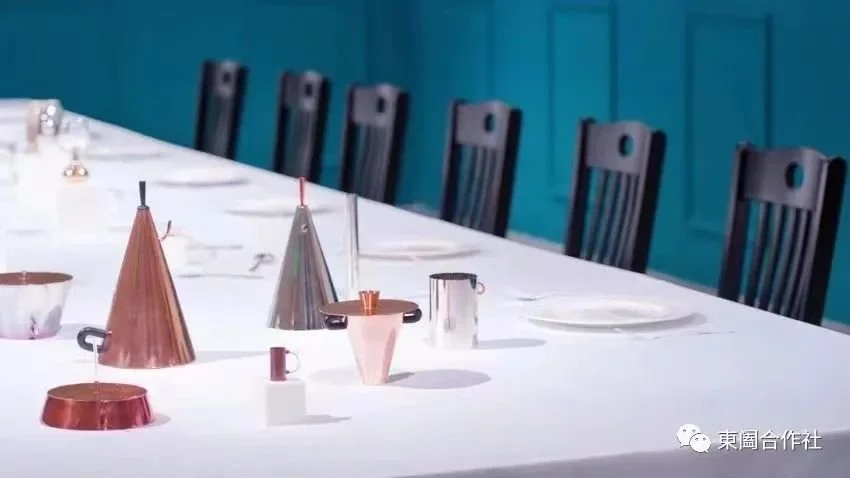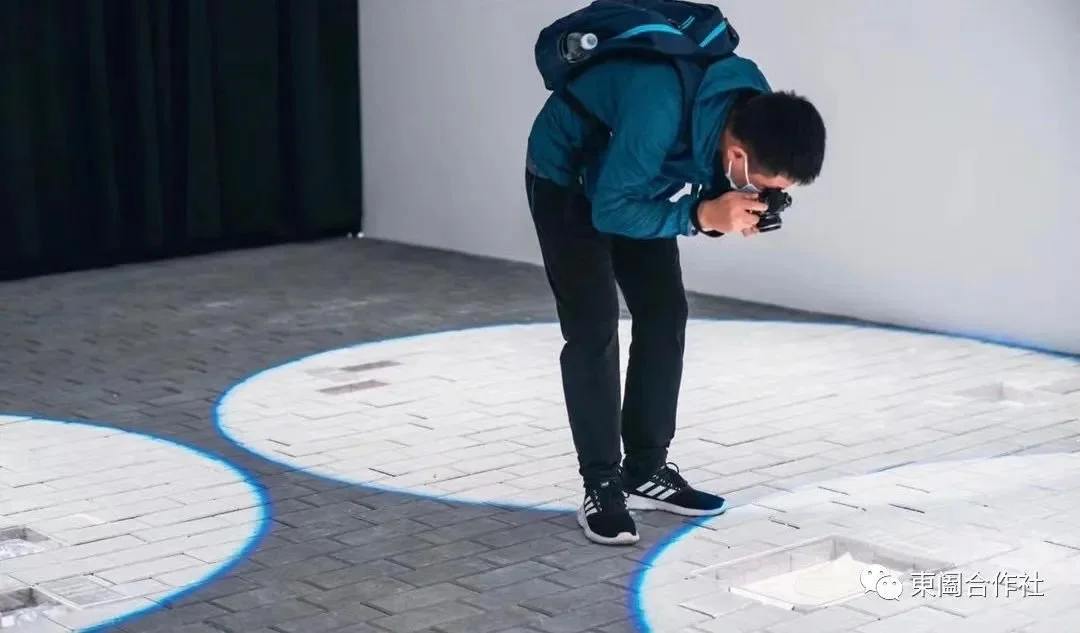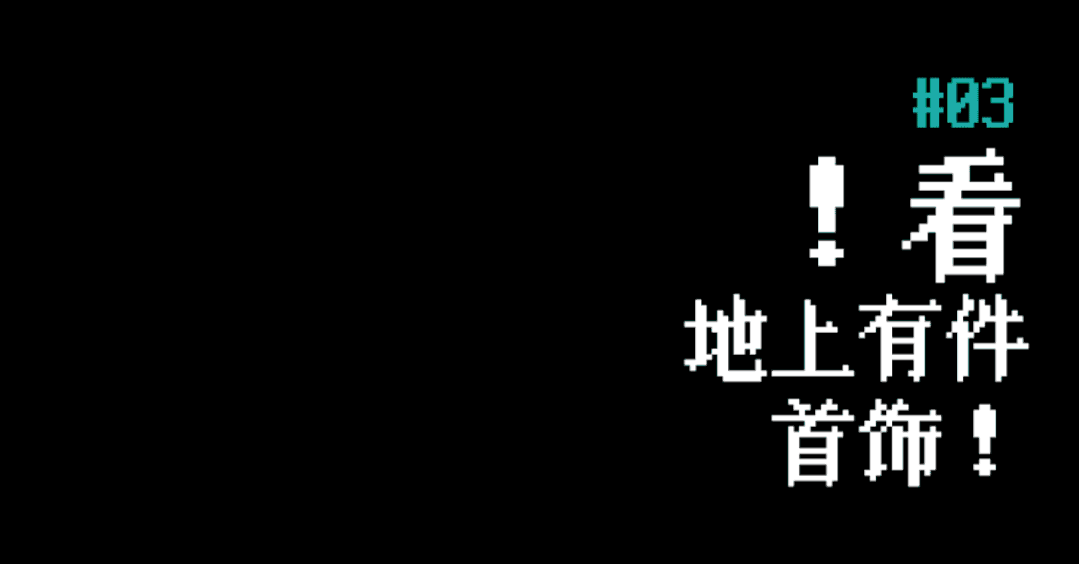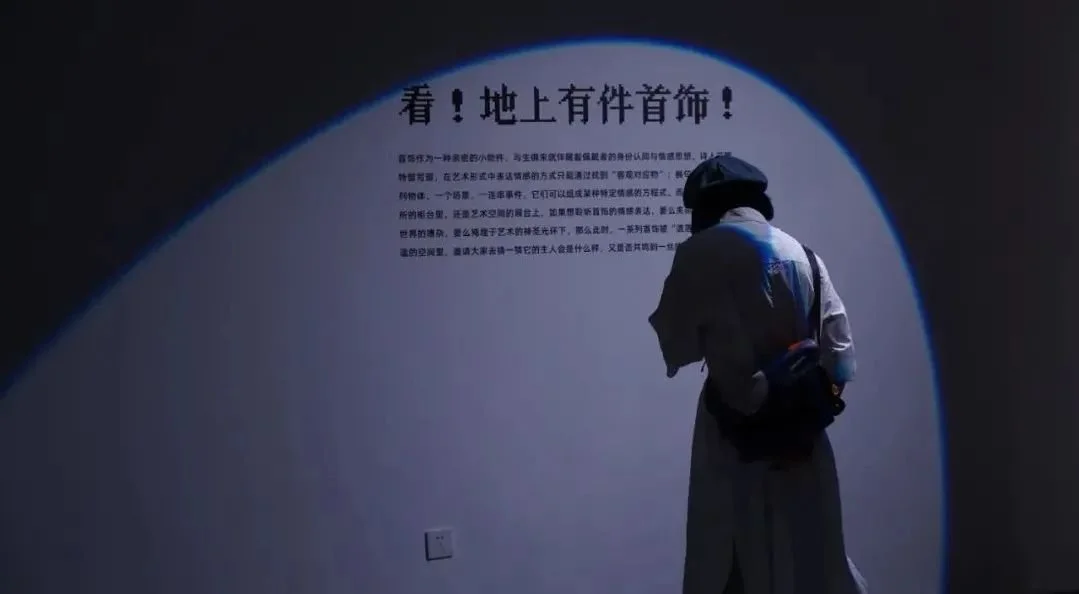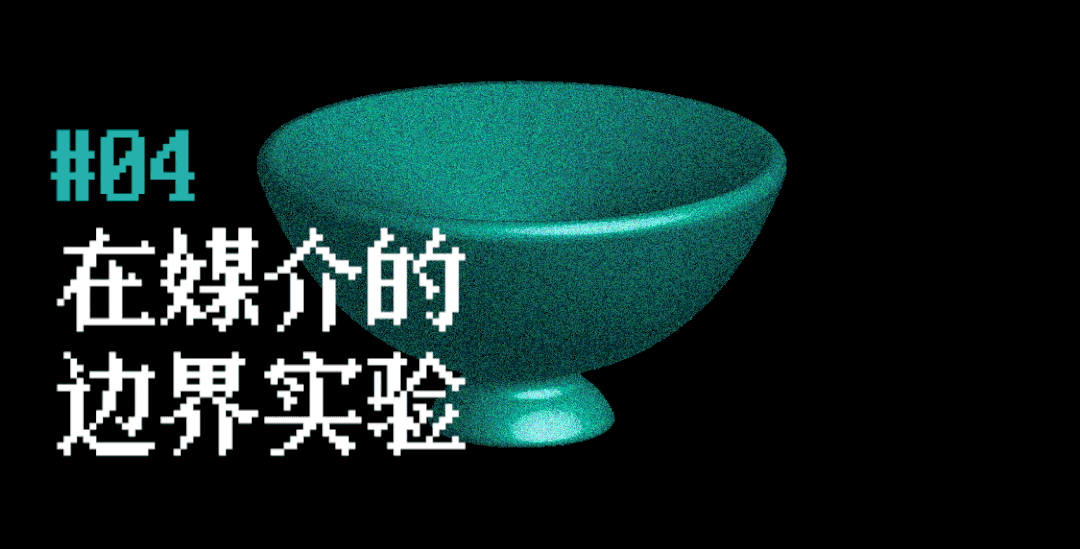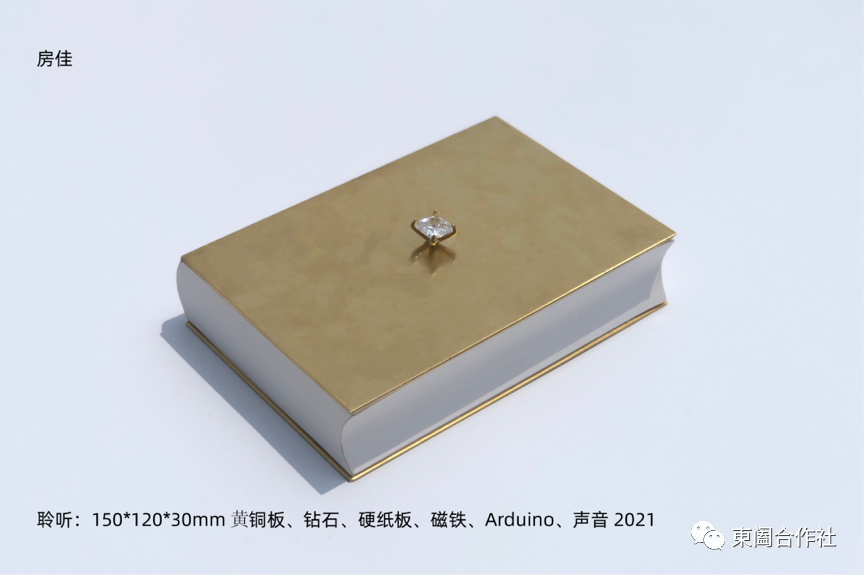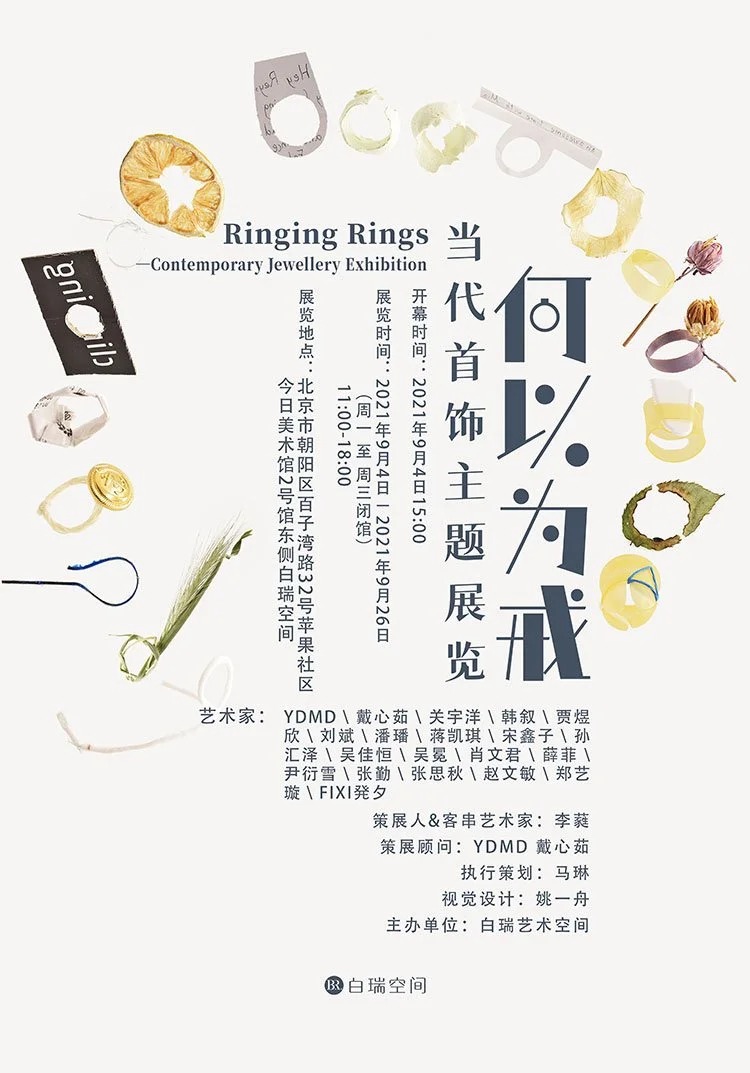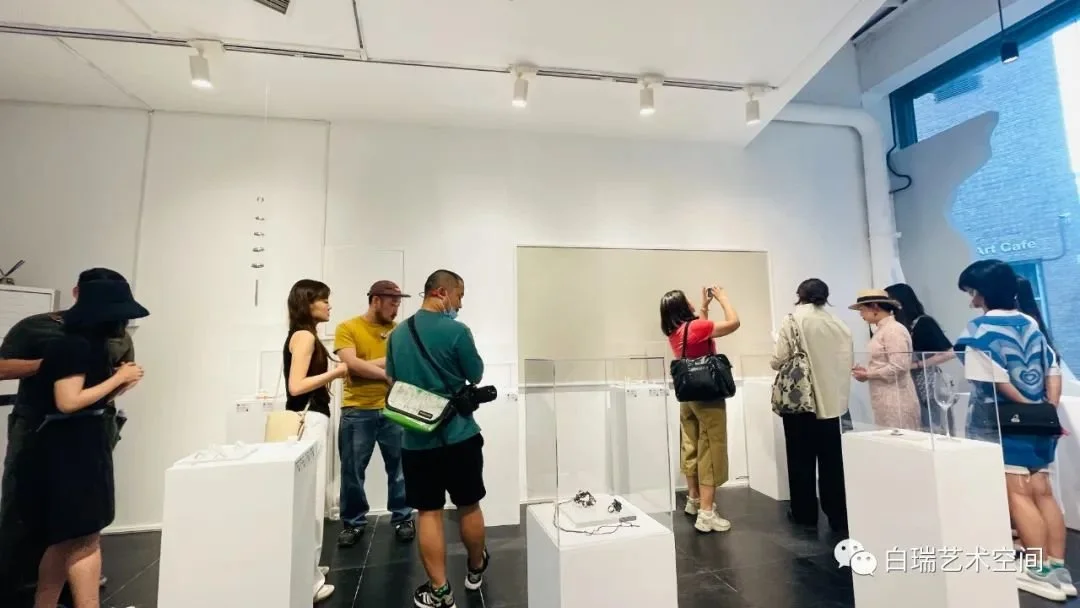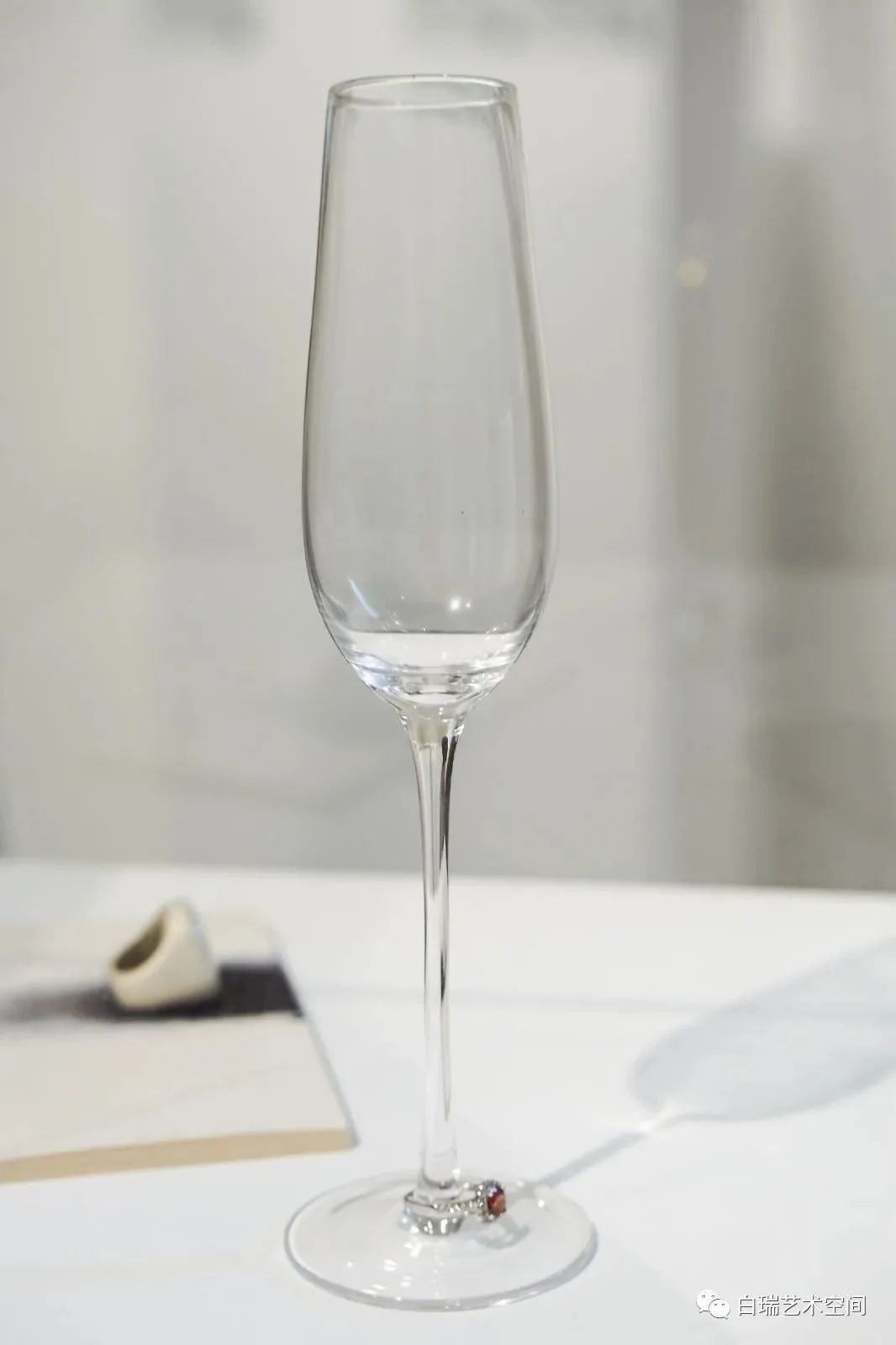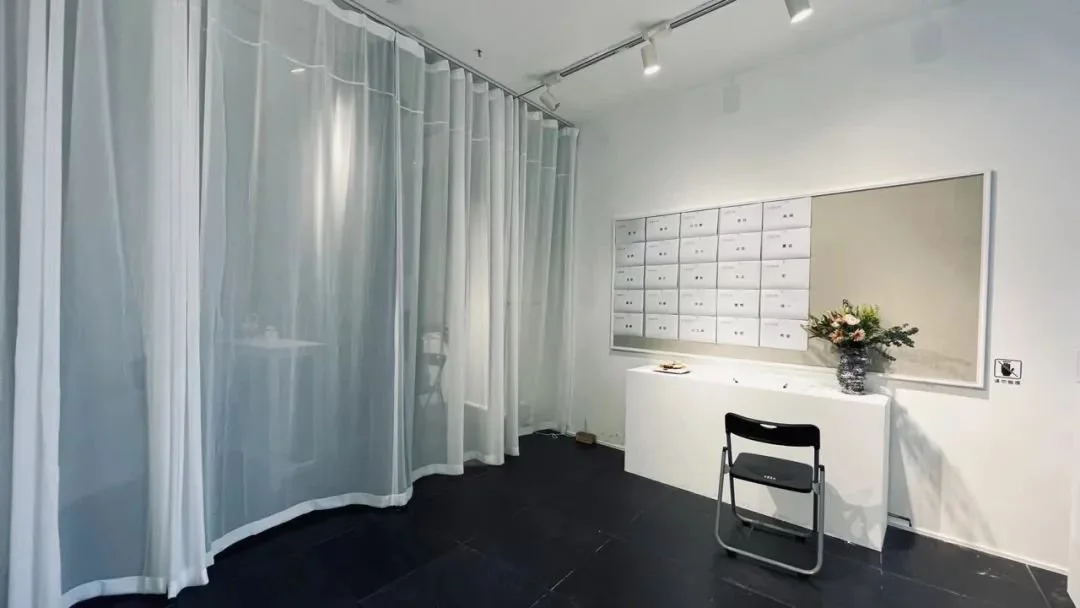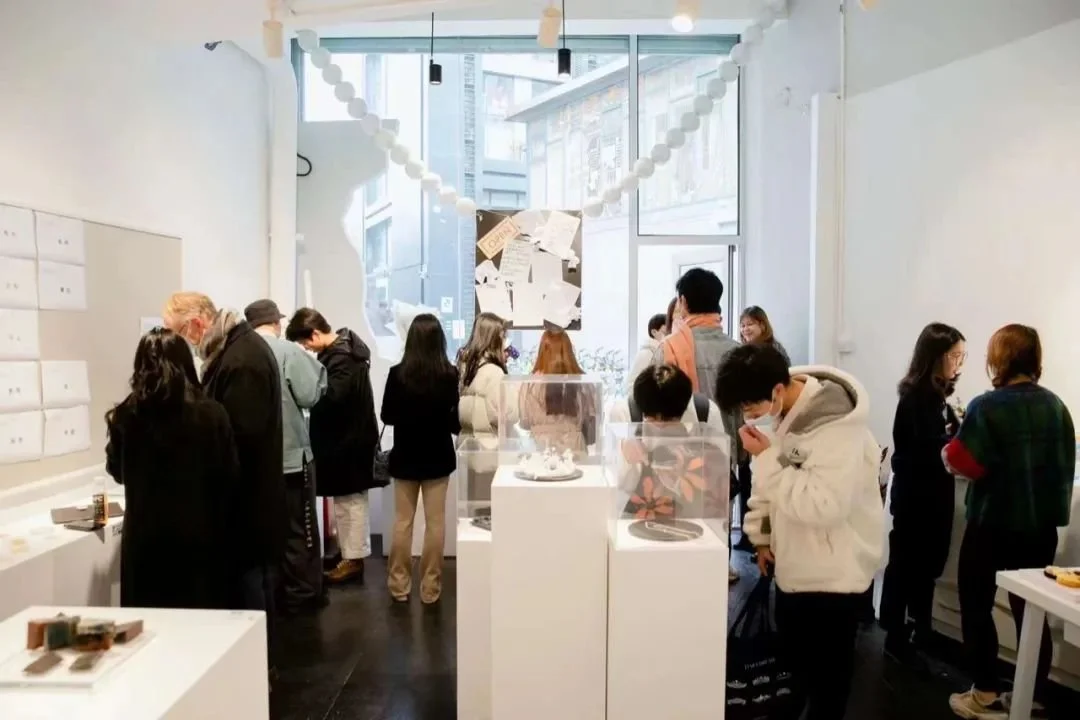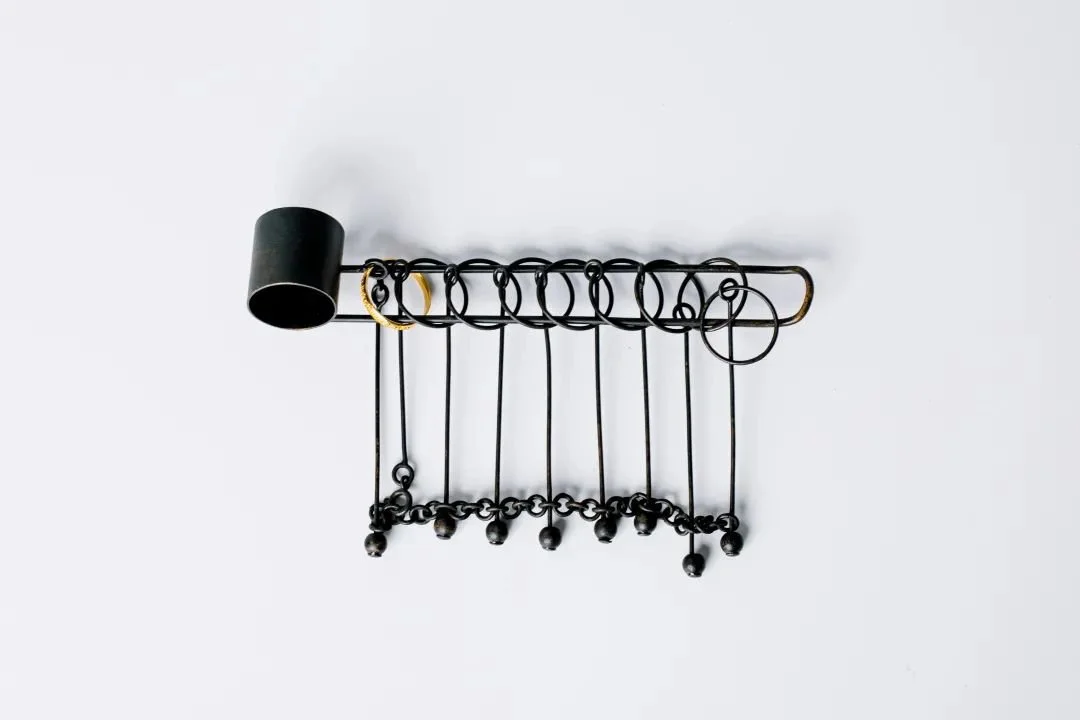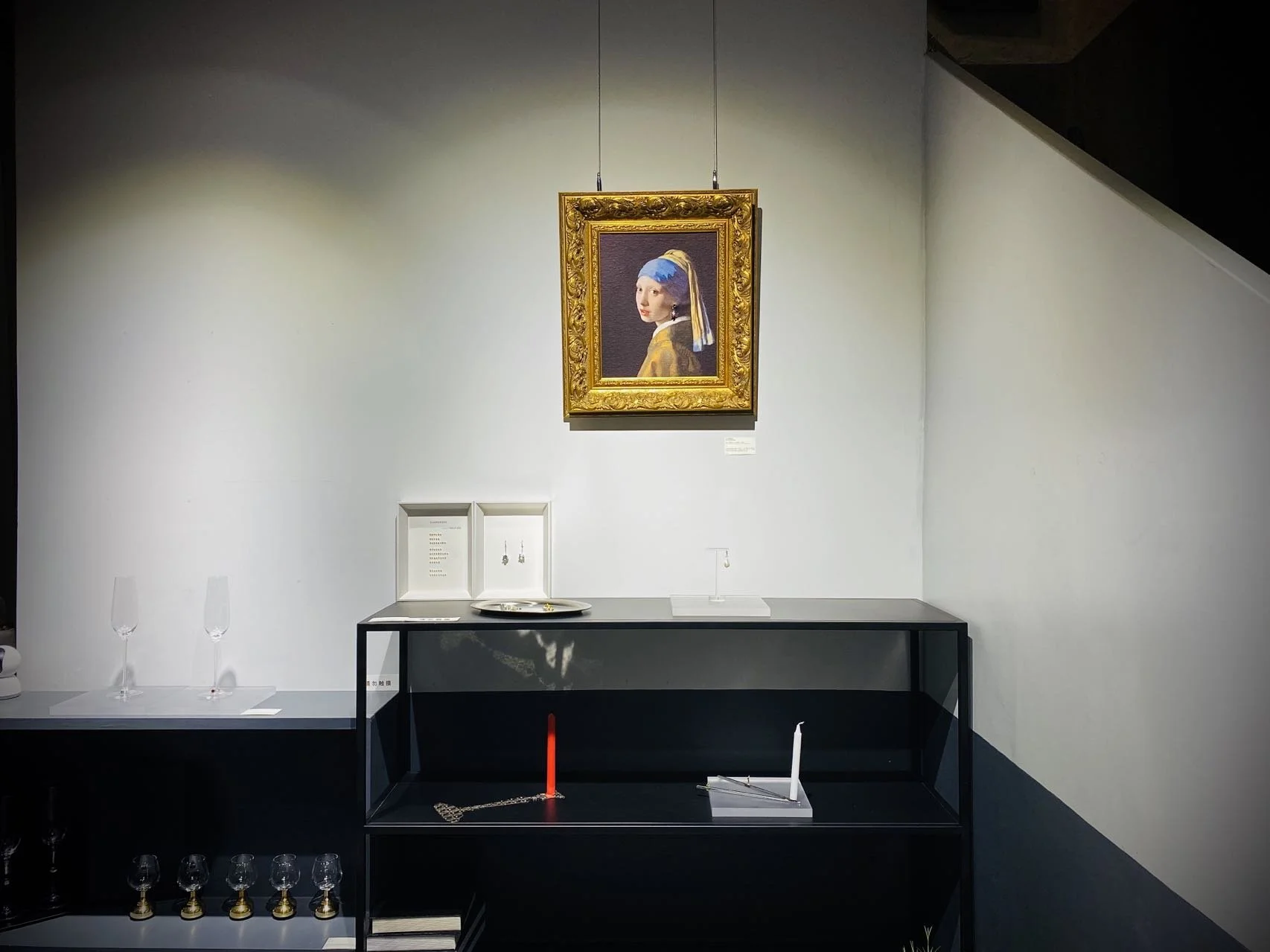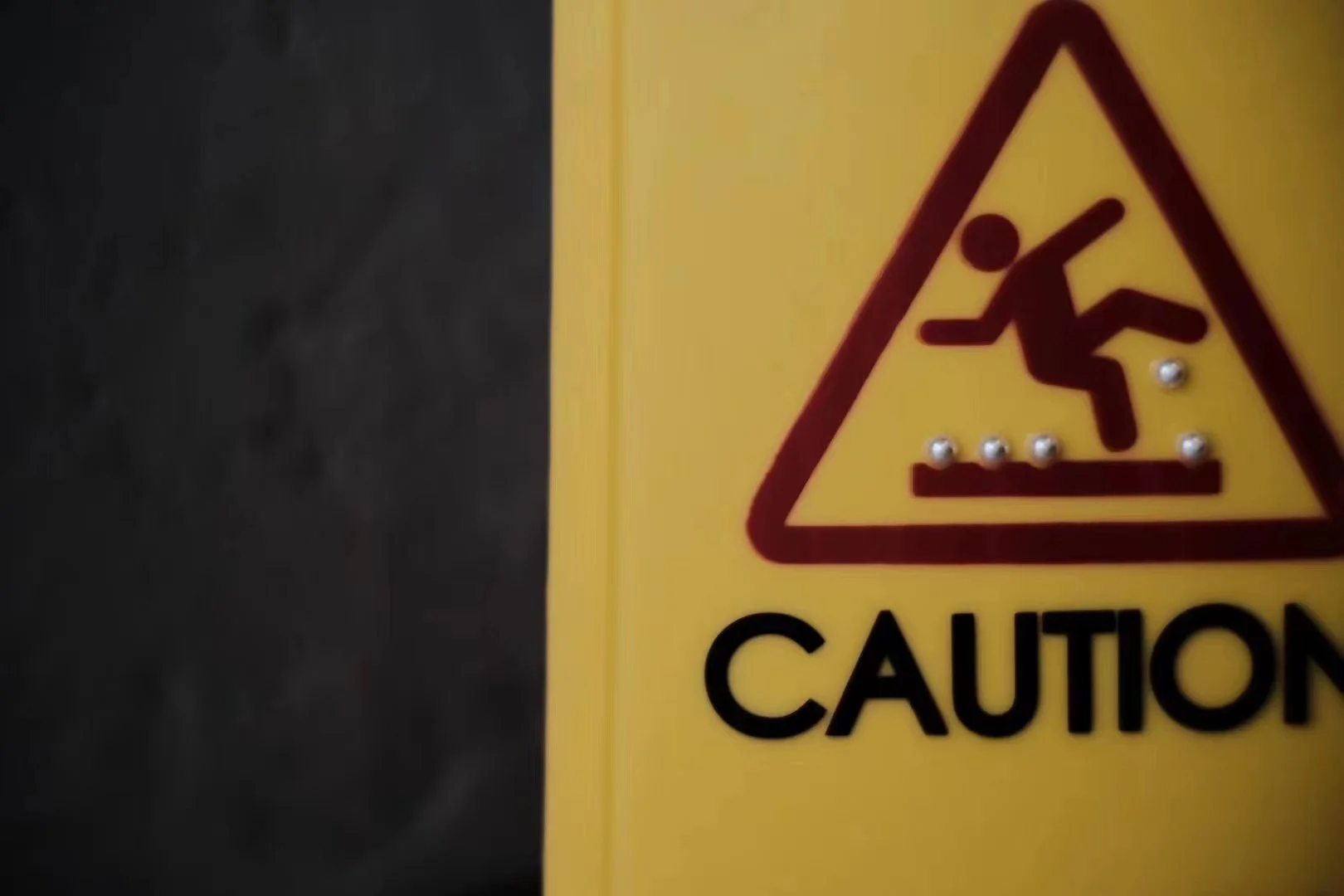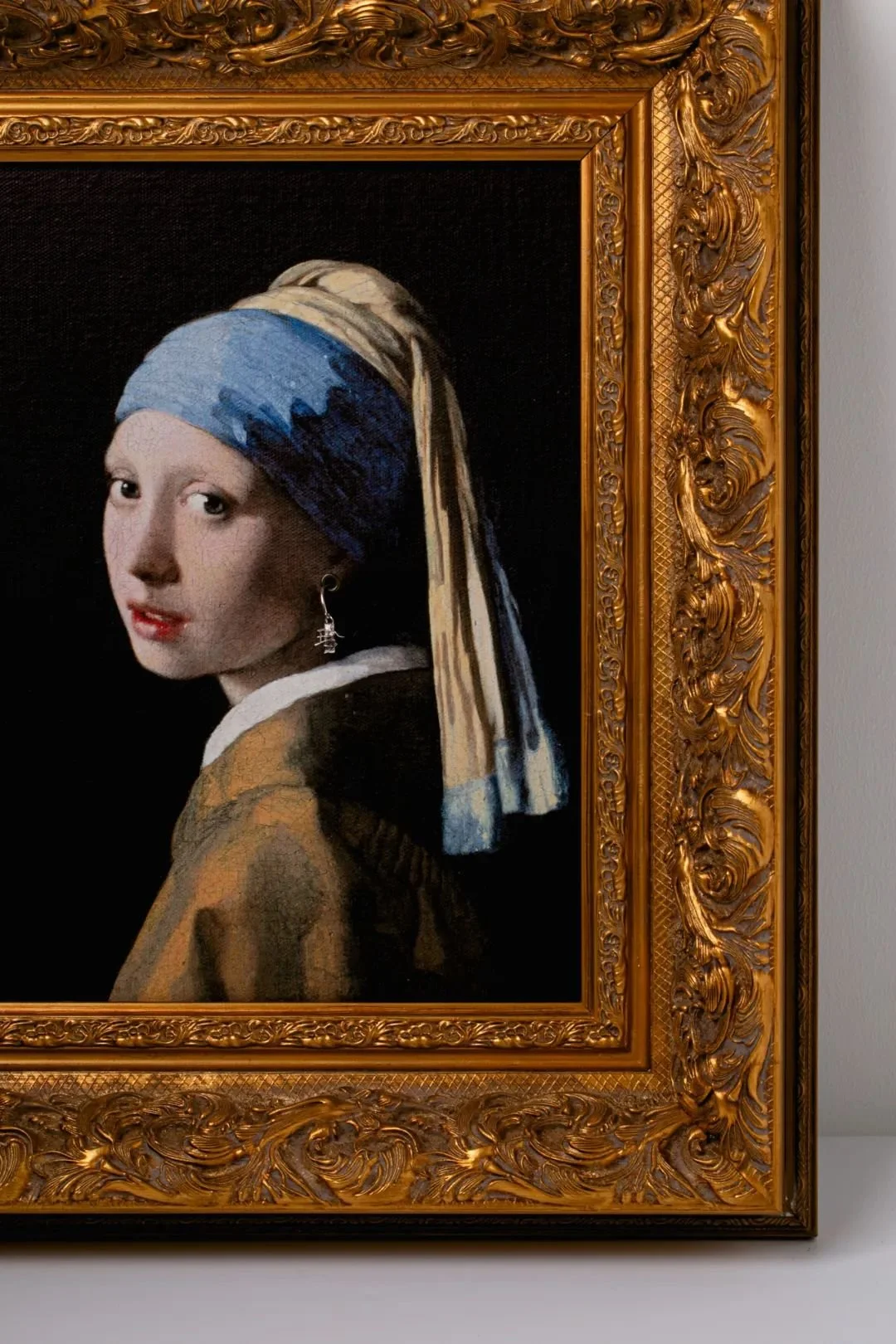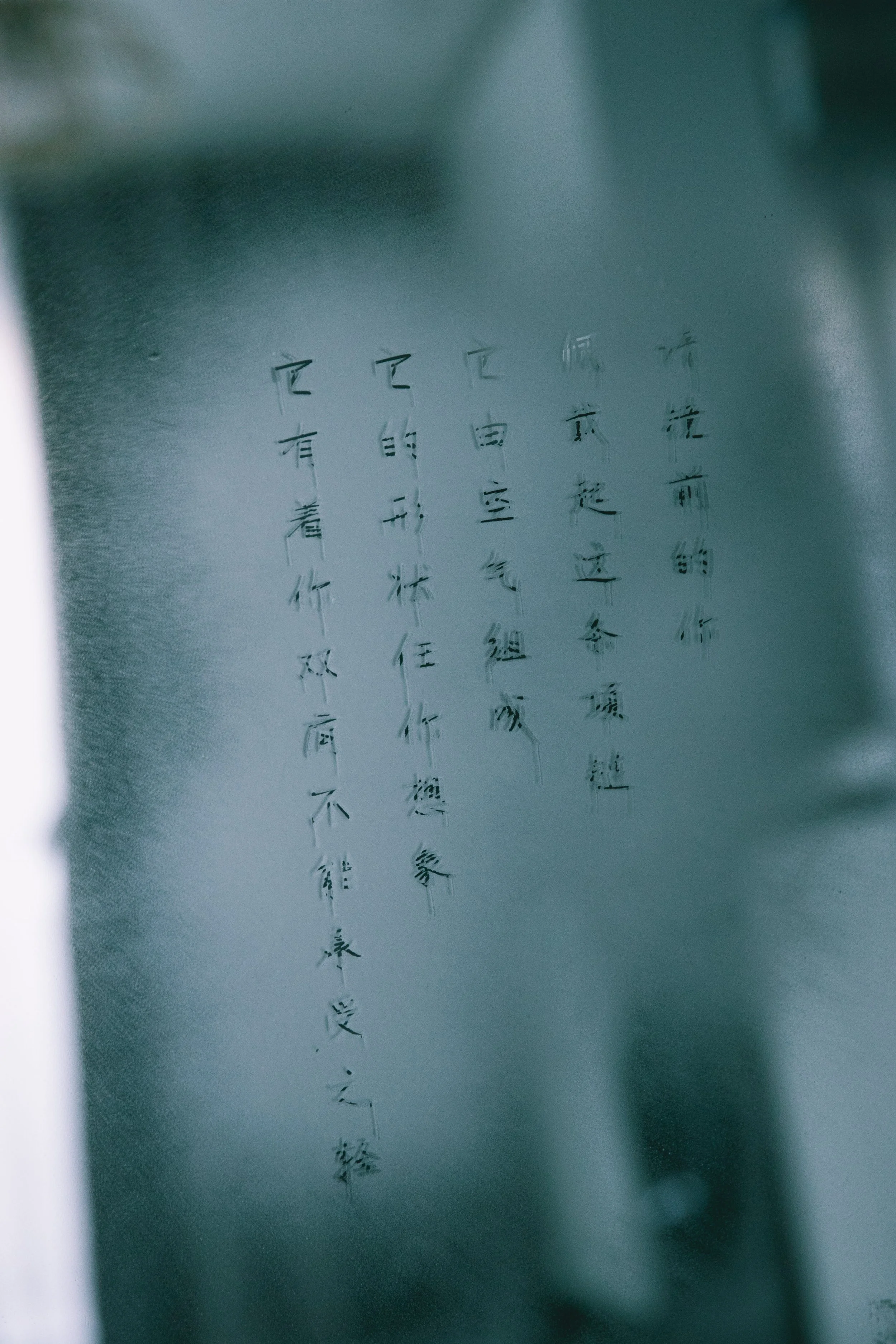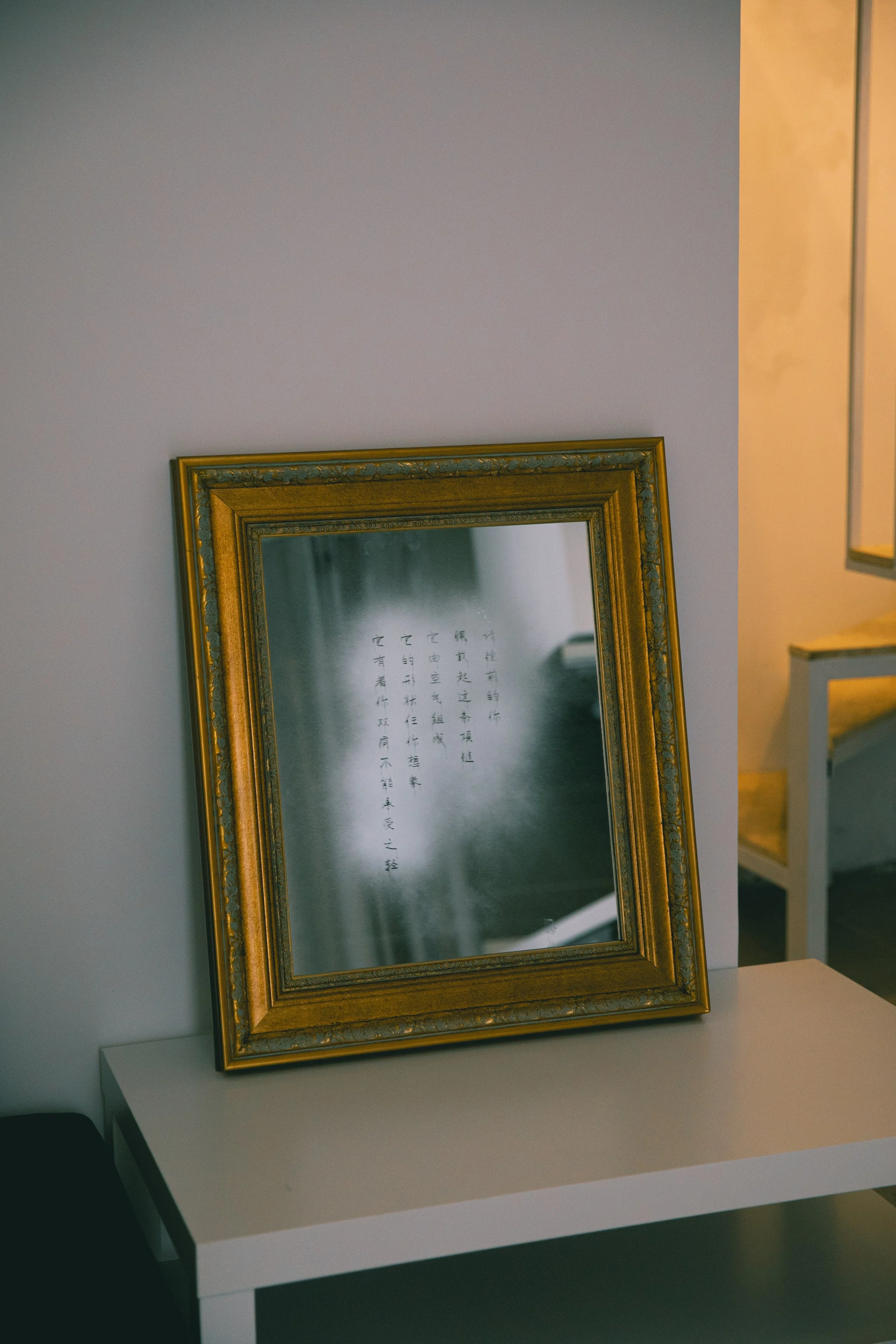After her fall asleep
Date
2021.2.23 - 2021.3.23
Location
Clubhouse
Credit to YDMD Ming Zhao
Design Spring
Date
2021.03.17 - 2021.03.21
Location
YUAN Museum, Guangzhou, China
Images from WULEN
The Extraordinary Ordinary
Date
2021.07.31 - 2021.10.31
Location
AN + Art & Design Center, Shenzhen, China
-
Living in cities means that the concept of wilderness is rarely encountered. It is only when we have the spare time and opportunity to stroll that we might luckily come across a plot of land like a post-industrial oasis where visitors can drink and refresh themselves from the blinding sun, where the linear logic of travel is interrupted, just like an art and design centre in a shopping mall with a contrast of its internal and external signs, subtly sets an imaginative gem in our programmed life.
It is this particular space that needs to meet its suitable objects, and contemporary crafts come into sight. No matter whether in Eastern or Western cultures, contemporary crafts have turned their role from presenting the beauty of materials and craftsmanship into intellectual productions. However, they always encounter prejudices in the arena of fine arts when in the spotlight. Even the contemporary artist Turner Price Winner Grayson Perry has expressed that his friends cannot understand why he chose civilian ceramics as art media, and he thinks people do not like something close to them (to be art). However, it is just these kinds of prejudices that push Perry to keep his style.
It is not hard to see that contemporary crafts are stuck and lost in between something close to life and something free to be intellectually produced. However, can we see the loss of crafts as the arrival of the lost, just like we truly need a post-industrial oasis to refresh ourselves from the blinding sun?
Therefore, “the extraordinary ordinary” invites artists from metal, ceramic and glass, which does not aim to give contemporary crafts a clear identity in visual cultures but presents audiences with a series of extraordinary domestic objects strolling between art and ordinary daily life.
#01
Materials, functions and Meanings
Jorunn Veitberg pointed out that in relation to craft, it is in the attitudes to the utility function and materials in particular that the divisions lie (from fine art). She concluded people’s prejudices that making utility objects entails constraints and an element of coercion, which means that it can never elevate itself to the free form of intellectual production that the production of fine art is portrayed as being. Also, materials are always regarded as constraints for a craft artist’s creative practice. Just in this situation, the curator and professor Zhang Suojia have challenged the fact why we call “glass artwork” rather than artwork with its medium of glass; no one calls a sculptor a bronze sculptor, stainless steel sculptor or resin sculptor, but why glass?
Marshall McLuhan’s theory of “the media is the message” gives us the inspiration to read, think of and practice contemporary crafts that we should not only focus on the “content” of an artwork but also on the meanings that its media can support, including functionality and materiality instead of looking them as constraints. Therefore, in the unit, all the works mainly discuss the critical relationship between functions, materials, and meanings within the context of contemporary crafts.
Work by Kezhen Wang, 2019
Work by Mian Wu, 2021
#02
Rebellious Desktop
Heidegger has indicated the two states of objects- ready-to-hand and present-in-hand. When objects are in the state of ready-to-hand, people will overlook the objects but focus on the jobs that the objects are doing. Only when the objects are broken can people really see these objects as they are in a state of present-in-hand. If so, the object is like a person who uses their whole life to design his/her tombstone. Hence, Unit Three will present a situation where objects are ready-to-hand, but they will use their rebellion to be present-in-hand, seducing audiences to taste their cultural, social, and emotional narratives in daily life.
Work by YDMD Ming Zhao
Work by Chao Wang
#03
Look!Jewellery!
Jewellery, as a very tiny object, inherently relates to its owner’s identity and emotional information. Eliot says, “The only way of expressing emotion in the form of art is by finding an ‘objective correlative’; in other words, as a set of objects, a situation, a chain of events which shall be the formula of that particular emotion”. However, the situation of a shopping mall gives audiences a sense of consumerism and the art gallery bring people an obscure distance of art. Therefore, in this unit, a series of jewellery are “left” on the ground of silent space, inviting people to guess who have left them and perceive the emotional communication from these works.
#04
Experimenting with boundaries
Why do we need to renovate traditional crafts? The answer, actually, has already been a part of the question because our tradition has its strong character of the inclusiveness of every present moment. To take jewellery as an example, Professor Zhangfan has concluded that jewellery in Shang and Zhou Dynasties expressed ancestors ’beliefs and customs; jewellery in Wei, Jin, Sui and Tang Dynasties had fused different cultures; In Song and Yuan Dynasties, jewellery was influenced by views on literati paintings and poems. We can see that the prosperity of material cultures relies on the fusion of every era rather than standing in situ. Therefore, Unit Four invites artists who have spirits of experimentation to respond to the contemporary context, and they are boldly but strategically pushing the boundaries of crafts.
Work by Jia Fang
Images from DONGHE Collection
Written by CHONG SHI
Beautiful!?
Date
2021.9.4 - 2021.9.26
Location
BR Gallery, Beijing, China
Work by Ming Zhao
Ringing Rings
Contemporary Jewellery Exhibition
Date
2021.9.4 - 2021.9.26
Location
BR Gallery, Beijing, China
Images from BR Gallery
25 Stories
Date
2021.11.20 - 2021.12.19
Location
BR Gallery, Beijing, China
Images from BR Gallery & DONGHE Collection
Glide along the border
Date
2021.11.27 - 2021.12.05
Location
No.80 Xixinglong Street, Beijing, China
We frequently discuss pushing the boundaries of jewellery; does this indicate that anything may be considered as jewellery under the guise of "pushing the boundaries"? Alternatively, this type of promotion is to follow a philosophy that anything unexpected is logical. Or, does this type of "pushing the boundaries" adhere to a principle that makes all the unexpected reasonable?
According to Aristotle, the "ultimate cause" is the ultimate cause of all causes. Consequently, we believe there is no pointless production. Even unplanned play frequently serves to satisfy curiosity. Every production decision must be guided by this established schema lying in our hearts— —If I want to create a ring, it must fit on my finger; if I want to construct a necklace, it must hang around my neck.
Our brain is like a box with varied shaped holes on the surface. We will admit that the object is an "object" only when it fits the hole on the surface of the box and therefore stuffed into the box. This abstract shape is referred to as a psychological schema. This also implies that different shapes of objects cannot be fitted into one hole.
However, according to Swiss psychologist Piaget's experiment, the old schema can be impacted by new experience and assimilate into a new schema; therefore, the schema itself is constantly changing. This type of transition between old and new can be understood as objects with slightly varying shapes can be "rigid" into holes of specified shapes, and the shape of the holes will change with time. This appears to indicate that the border will be extended. So, how do we define "slightly different"? What level of change can we deem "enough" in this context?
In this exhibition, we glide along the border as a creative strategy. To achieve that "slightly different" finish, all inspiration comes from the jewellery's "peripheral relevance." We intend to use subversive sensuous imagery to explore the boundaries of sensual thoughts constantly. The works in this exhibition were created with three "peripheral" directions: related jewellery fields, related jewellery visuals, and related jewellery texts. After that, the schema is deconstructed with provocative imaginations. Simultaneously, in this actual process of "renewing the schema," we are experimenting with how social, cultural, philosophical, and other pertinent information might be correctly penetrated into each piece. This means that the "refresh of the schema" also represents an update to our views.
Woolf said in "the mark on the wall", "How readily our thoughts swarm upon a new object, lifting it a little way, as ants carry a blade of straw so feverishly, and then leave it." And here, we hold the straw as a treasure and appreciate the frenetic experience it gives us.
Images from The Closer Gallery

